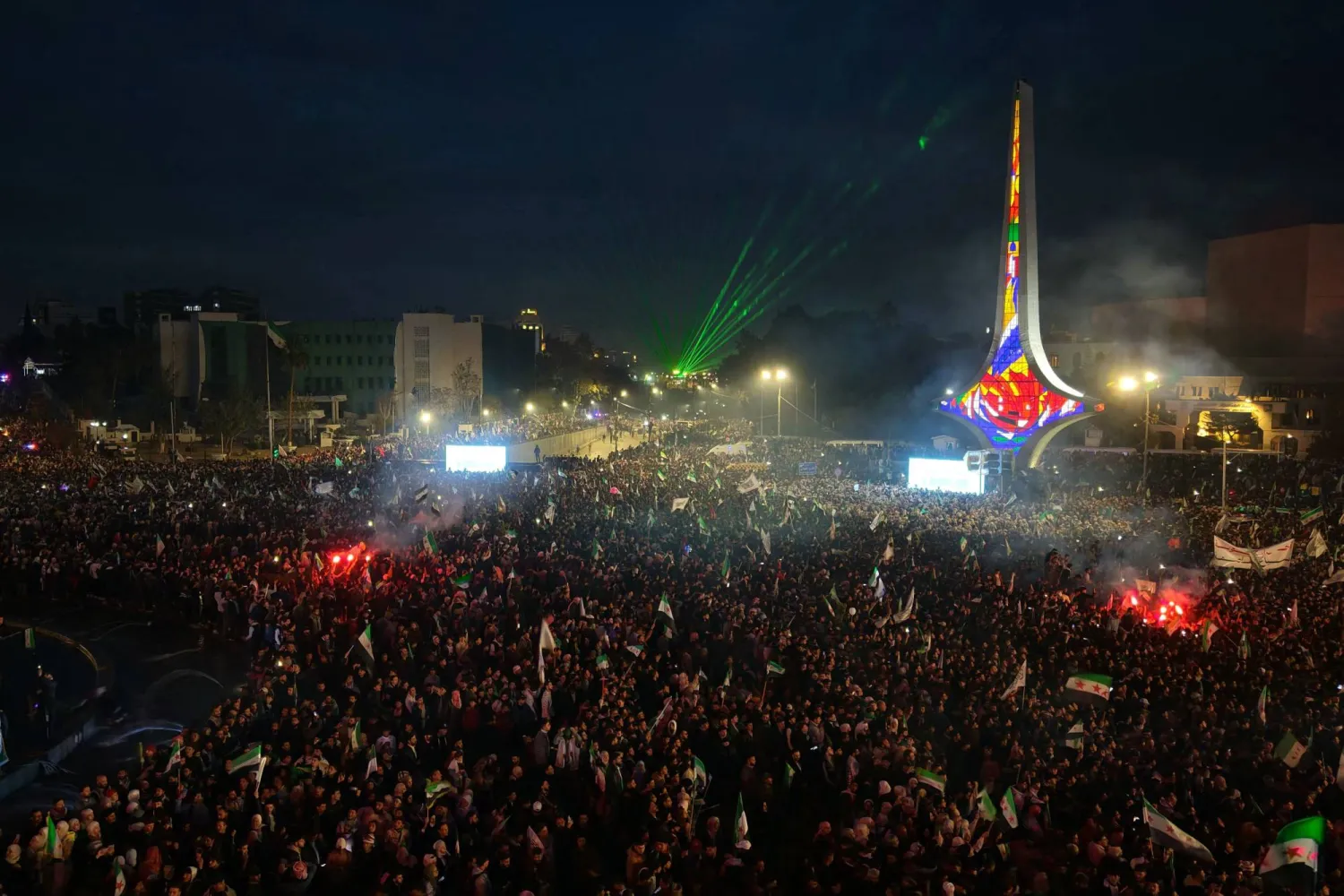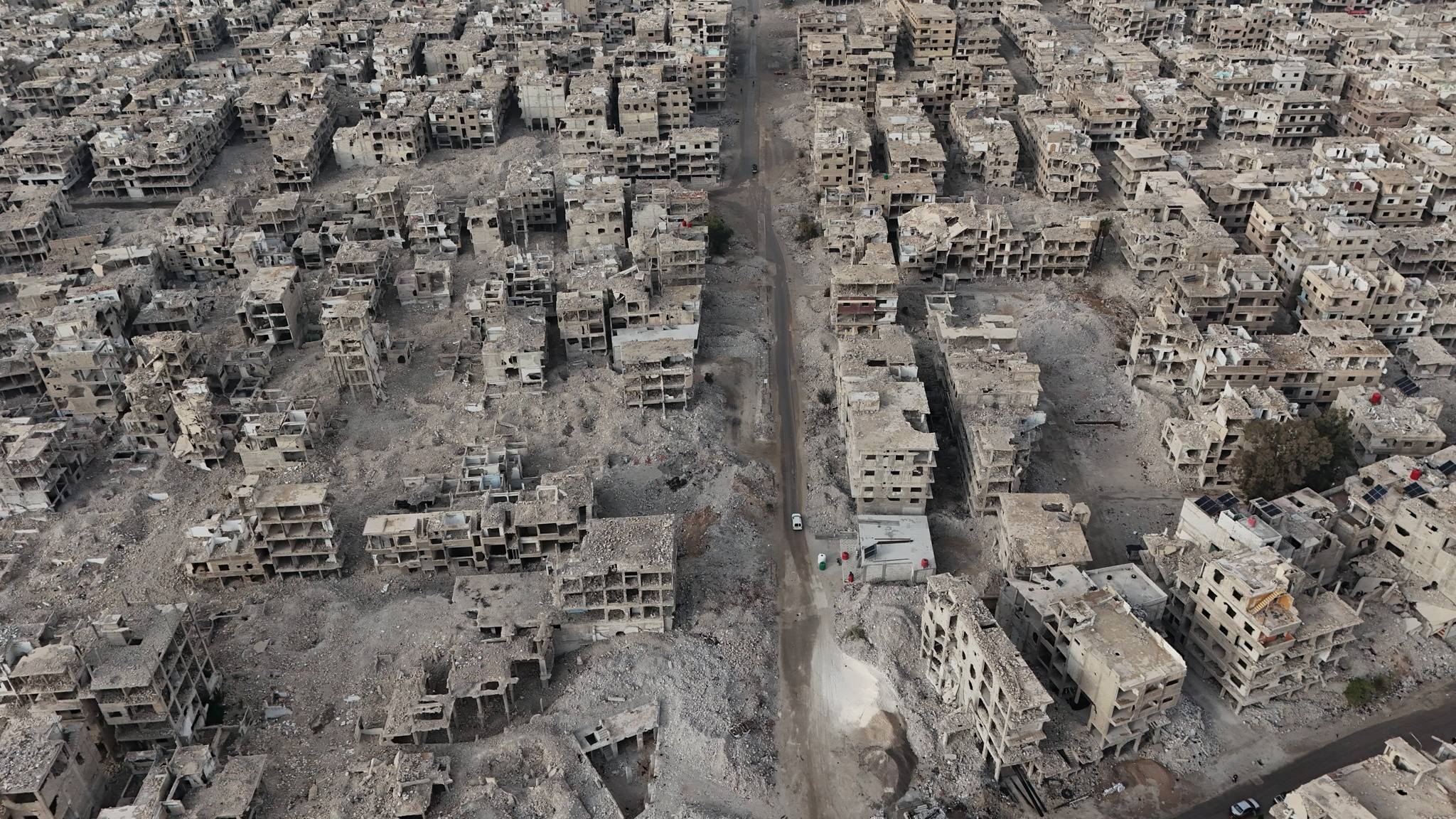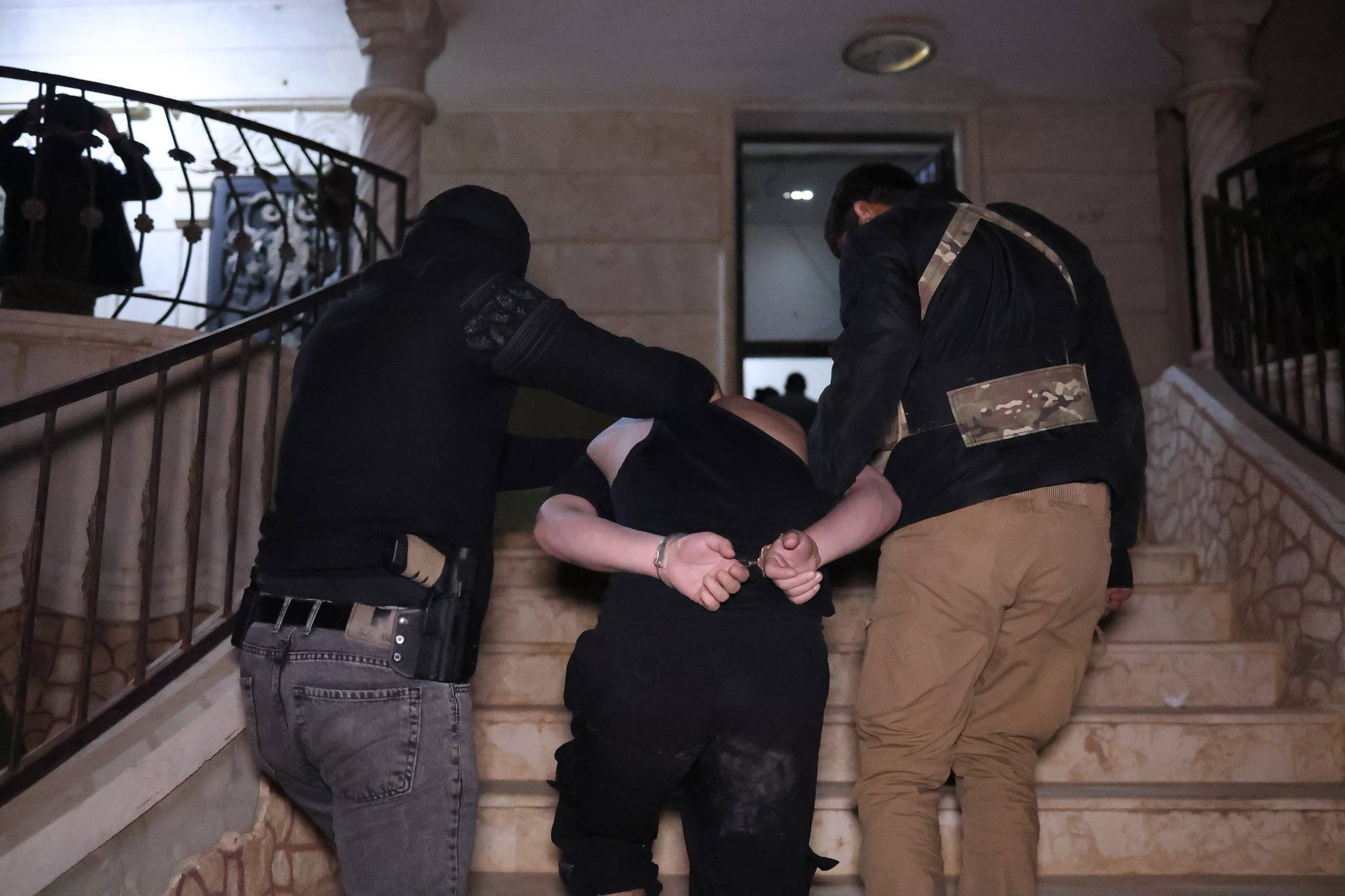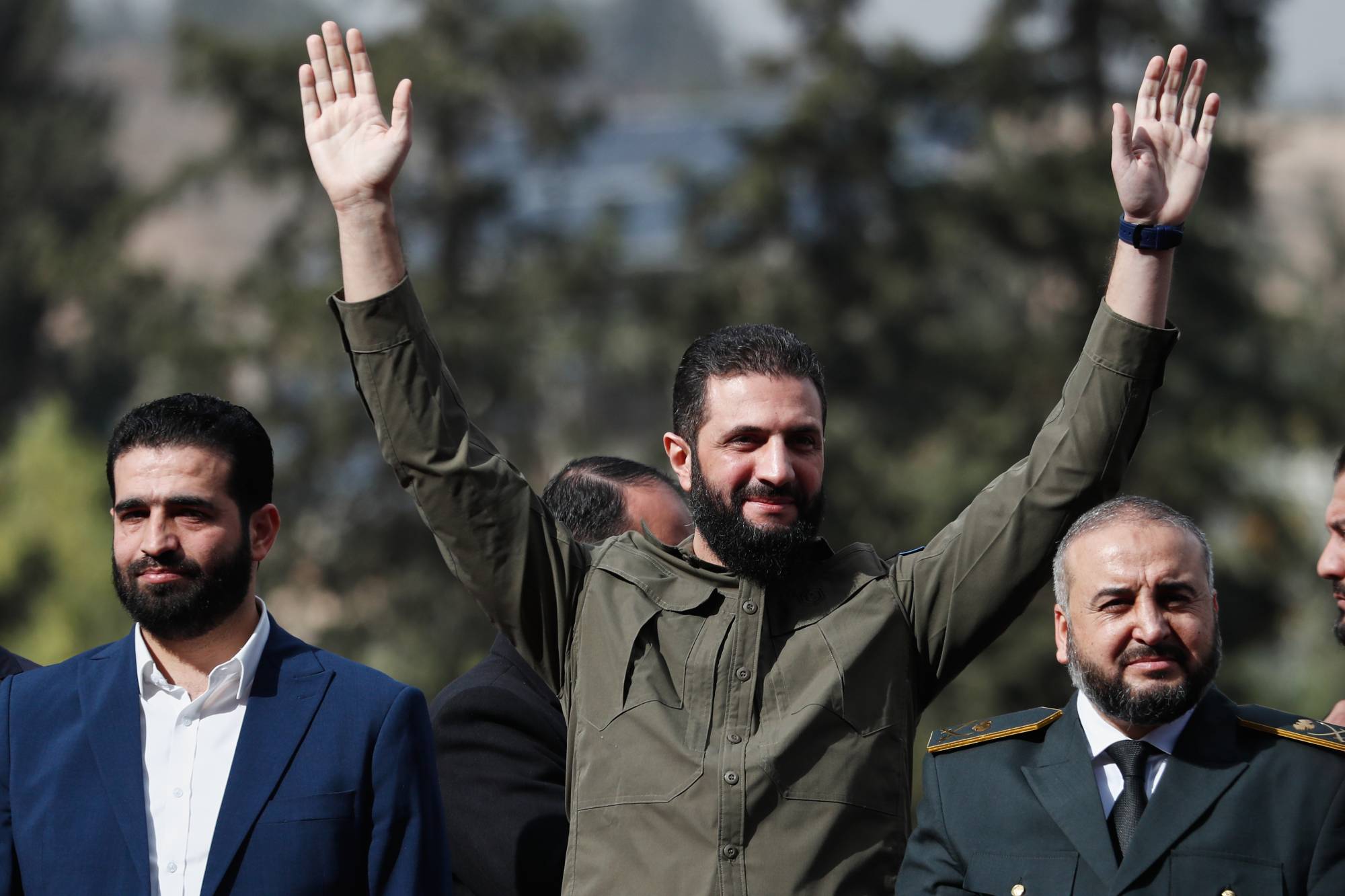Hamas leader Yahya Sinwar, a mastermind of the Oct. 7, 2023 attack on Israel that triggered the war in Gaza, has been killed in a military operation.
His death would be a significant moment in Israel's yearlong offensive against the militant group and could complicate efforts to release dozens of hostages held in Gaza.
Sinwar became the head of Hamas after the killing of the previous leader, Ismail Haniyeh, in an explosion in Iran in July that was widely blamed on Israel.
Some things to know about Sinwar:
From refugee camp to Hamas militant Sinwar was born in 1962 in a refugee camp in the Gaza town of Khan Younis. He was an early member of Hamas, which was formed in 1987. He eventually led the group's security arm, which worked to purge it of informants for Israel.
Israel arrested him in the late 1980s and he admitted to killing 12 suspected collaborators, a role that earned him the nickname “The Butcher of Khan Younis.” He was sentenced to four life terms for offenses that included the killing of two Israeli soldiers, The Associated Press reported.
A prison leader Sinwar organized strikes in prison to improve working conditions. He also studied Hebrew and Israeli society.
He survived brain cancer in 2008 after being treated by Israeli doctors.
Sinwar was among more than 1,000 Palestinian prisoners released in 2011 by Prime Minister Benjamin Netanyahu as part of an exchange for an Israeli soldier captured by Hamas in a cross-border raid.
When Sinwar returned to Gaza, he quickly rose through Hamas' leadership ranks with a reputation for ruthlessness. He is widely believed to be behind the 2016 killing of another top Hamas commander, Mahmoud Ishtewi, in an internal power struggle.
Sinwar became head of Hamas in Gaza, effectively putting him in control of the territory, and worked with Haniyeh to align the group with Iran and its proxies around the region while also building the group's military capabilities.
There is widespread evidence that Sinwar, along with Mohammed Deif, the head of Hamas’ armed wing, engineered the surprise Oct. 7 attack on Israel.
The International Criminal Court’s prosecutor sought arrest warrants in May for Sinwar, Deif and Haniyeh for their alleged roles in the attack.
Israel said it killed Deif in a strike in July, while Hamas says he is still alive.
Where would this leave Hamas? Sinwar has been in hiding since the attack, and cease-fire negotiators have said it can take several days to send and receive messages from him.
Even before becoming Hamas' top leader, Sinwar was believed to have the final word on any deal to release hostages held by the militant group. Some 100 hostages remain in Gaza, around a third of whom are believed to be dead.
It's unclear who would replace Sinwar, and what that might mean for the cease-fire efforts, which sputtered to a halt in August after months of negotiations brokered by the United States, Egypt and Qatar.
Who is Hamas Leader Yahya Sinwar?
https://english.aawsat.com/features/5072140-who-hamas-leader-yahya-sinwar



Who is Hamas Leader Yahya Sinwar?

(FILES) Yahya Sinwar attends the opening of a new mosque in Rafah town in the southern Gaza Strip on February 24, 2017. (Photo by SAID KHATIB / AFP)

Who is Hamas Leader Yahya Sinwar?

(FILES) Yahya Sinwar attends the opening of a new mosque in Rafah town in the southern Gaza Strip on February 24, 2017. (Photo by SAID KHATIB / AFP)
لم تشترك بعد
انشئ حساباً خاصاً بك لتحصل على أخبار مخصصة لك ولتتمتع بخاصية حفظ المقالات وتتلقى نشراتنا البريدية المتنوعة












